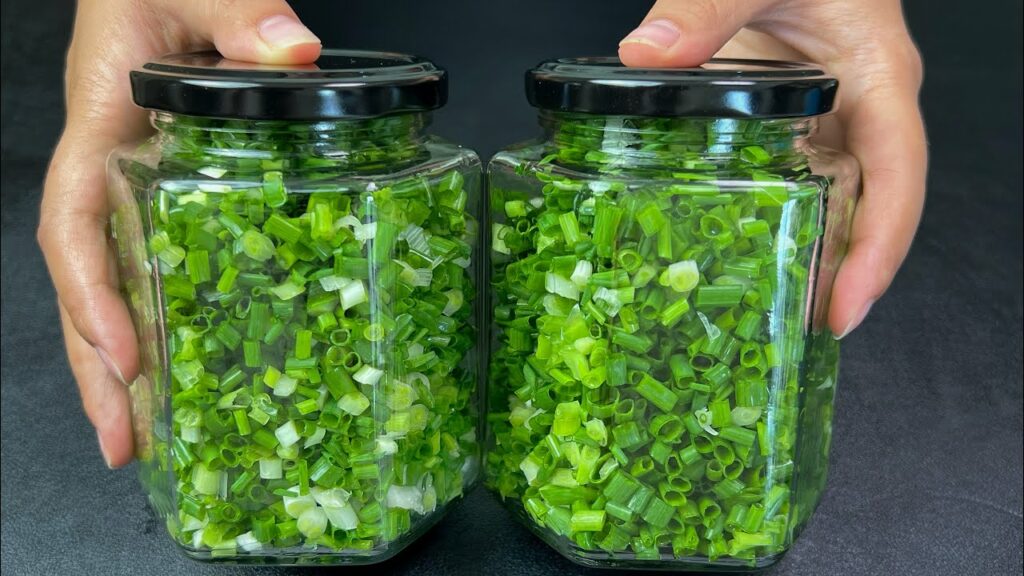Essential Tips for Keeping Vegetables Fresh Longer! In addition to preserving flavour and nutritional content, keeping your veggies fresher for longer also cuts down on waste and the number of times you need to visit the shop. Here are some useful storage suggestions to keep your veggies fresher longer and guarantee that you always have wholesome elements for your meals on hand.
1. Recognise Your Veggies
Different vegetables require different storage methods. Some thrive in cold environments, while others prefer room temperature:
- Store root vegetables (beets, turnips, and carrots) in a cold, dry place. A cool drawer in your refrigerator or a basement would be perfect.
- Leafy greens (kale, spinach, lettuce): Place these in the crisper drawer of your refrigerator after loosely wrapping them in a moist towel.
- Tomatoes: To preserve flavour and texture, keep them at room temperature and out of direct sunlight.
- Garlic and onions should be kept cold, dry, and well-ventilated. To prevent sprouting, they seek out darkness.
2. Preparation for Storage
The way vegetables are prepared before being stored can have a big impact on how long they last:
- Avoid washing since moisture encourages deterioration. Just before using, give leafy greens and other vegetables a quick wash.
- Trim leafy tops: To keep them from sucking moisture away from the roots, cut off any leafy tops from beets, carrots, or radishes before storage.
3. Use of Containers and Bags
The appropriate containers can have a significant impact:
- Use airtight containers to preserve the freshness of chopped or peeled vegetables and prevent odours from transferring to other food items.
- Perforated plastic bags: These are excellent for refrigerating produce like green beans and mushrooms because they let in air.
4. Optimal Humidity and Temperature
It’s critical to keep your refrigerator in the proper environment:
- Drawers for crispers: They are made to retain moisture to keep your vegetables fresh. Change the humidity level to a higher level for leafy greens and a lower level for fruits that are more likely to spoil.
- Keep fruits and vegetables apart: Fruits release natural gases that might speed up the rotting of vegetables that are close by.
5. Regular Checks
Develop the habit of routinely inspecting your vegetables:
- Turn the stock by moving the older veggies to the front so they can be used first.
- Examine the produce for rot and discard any that is damaged or ruined to stop the rot from spreading to the healthy produce.
You may maximise the flavour and nutritional value of fresh veggies by using these strategies to enjoy them for extended periods of time. This is economical and eco-friendly in addition to encouraging a balanced diet. So keep these easy tips in mind for the best vegetable storage the next time you restock!
